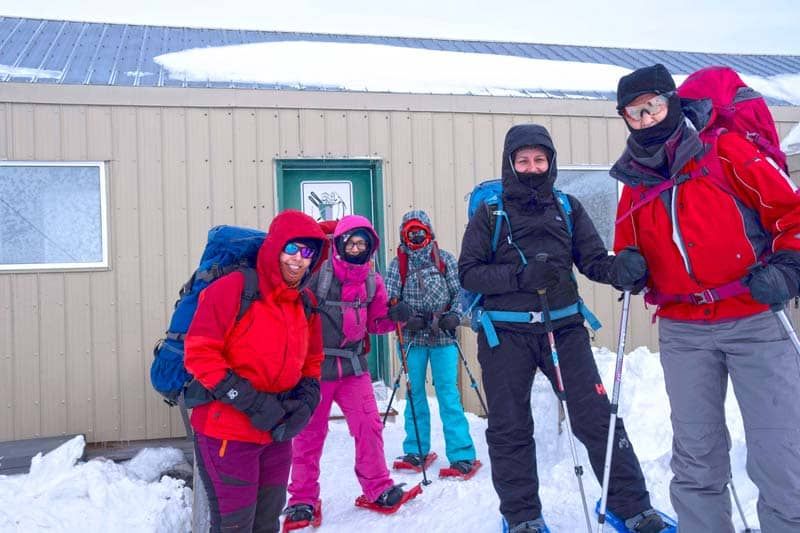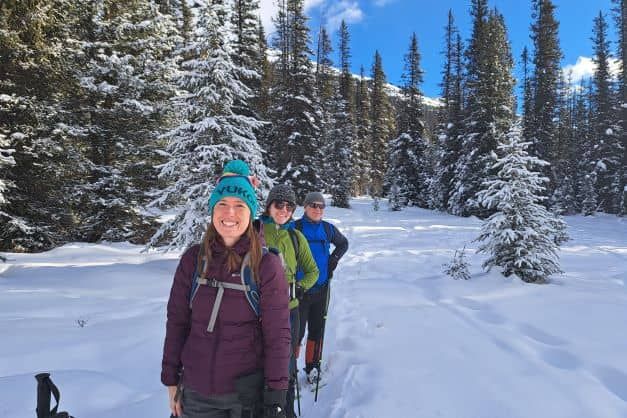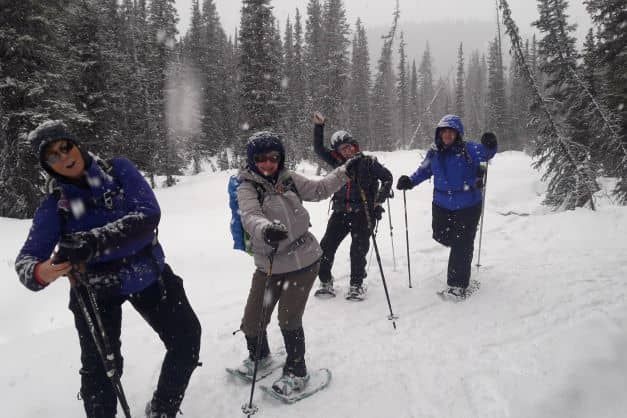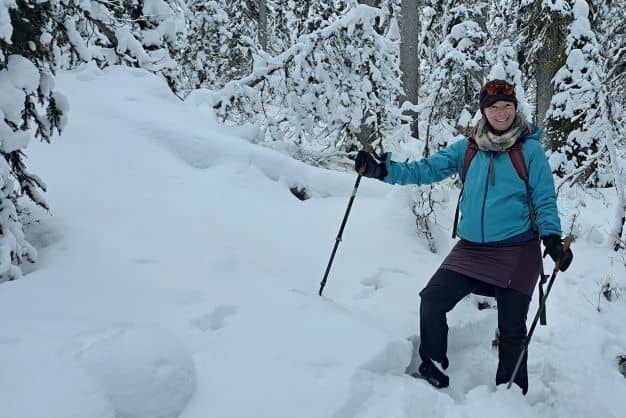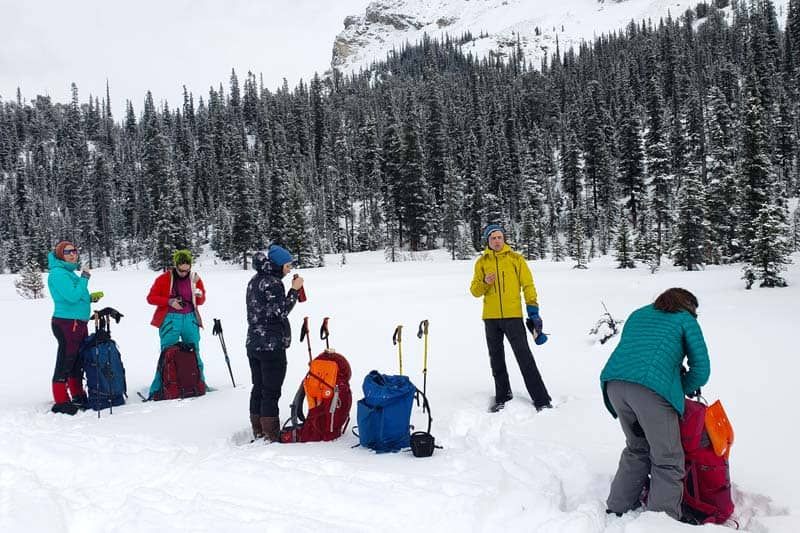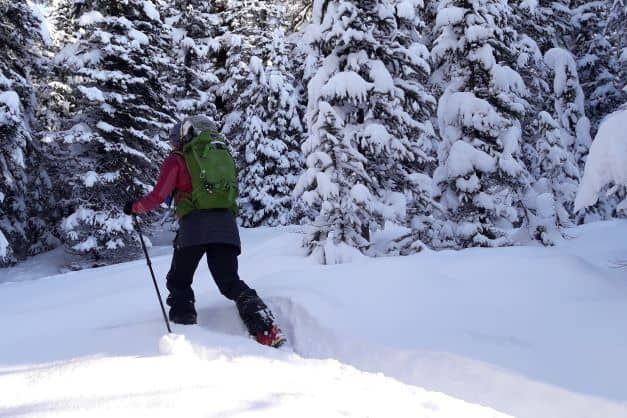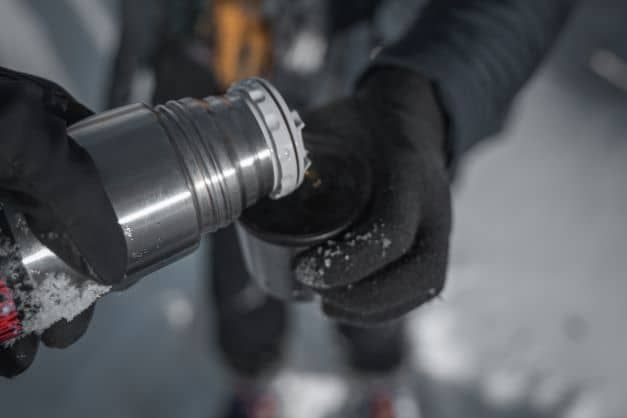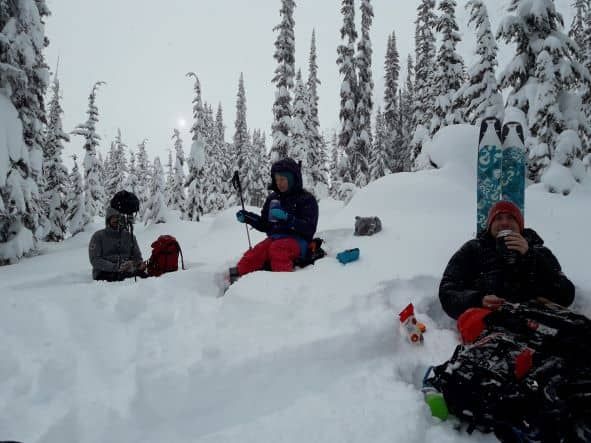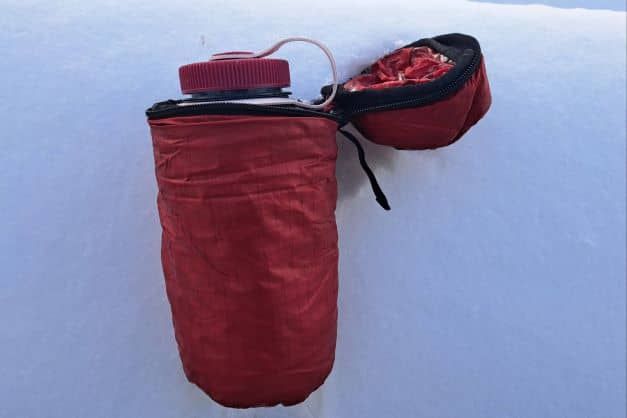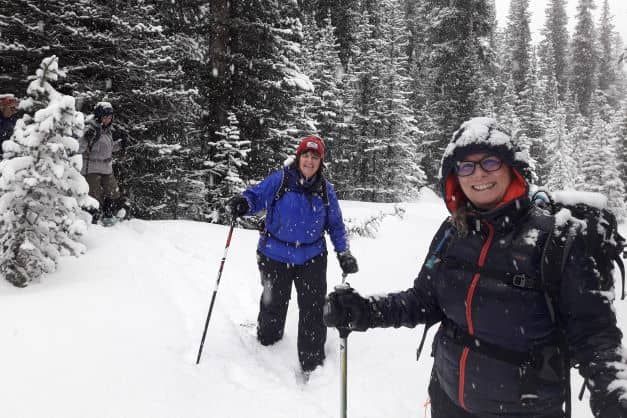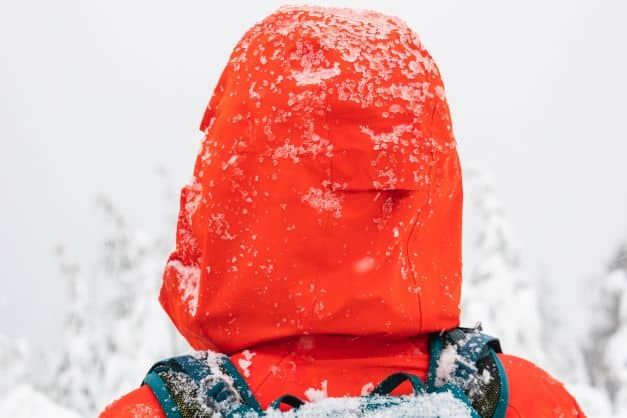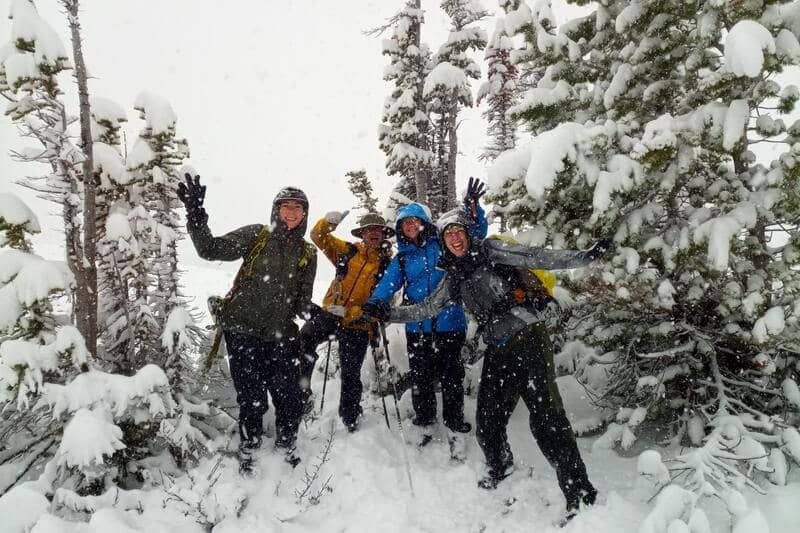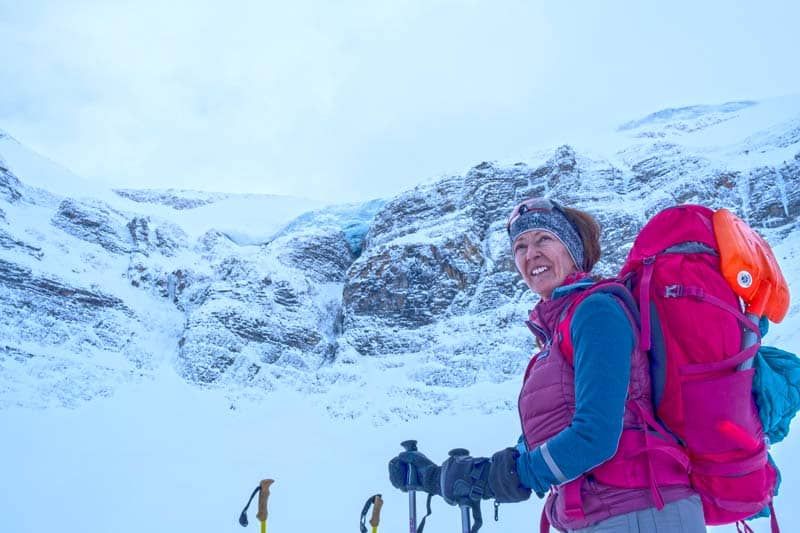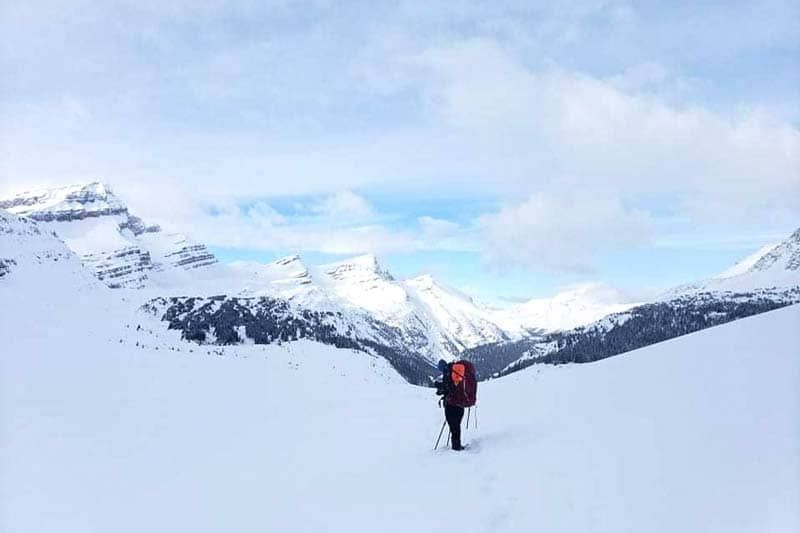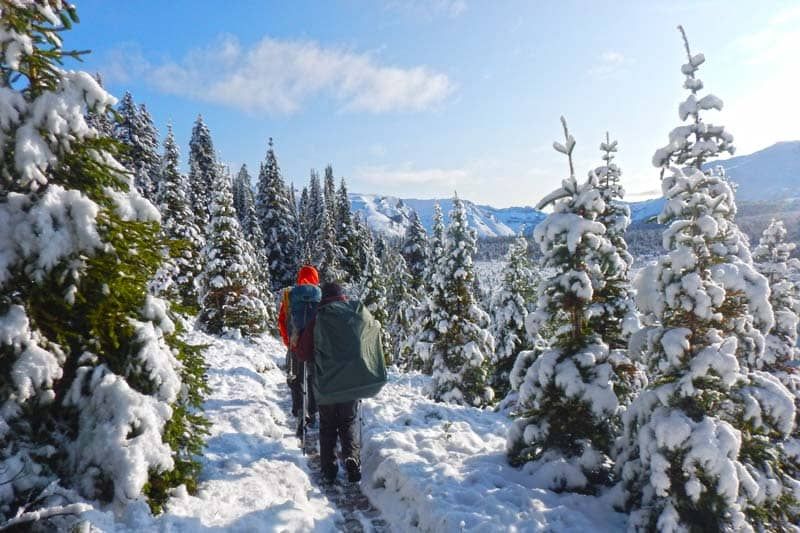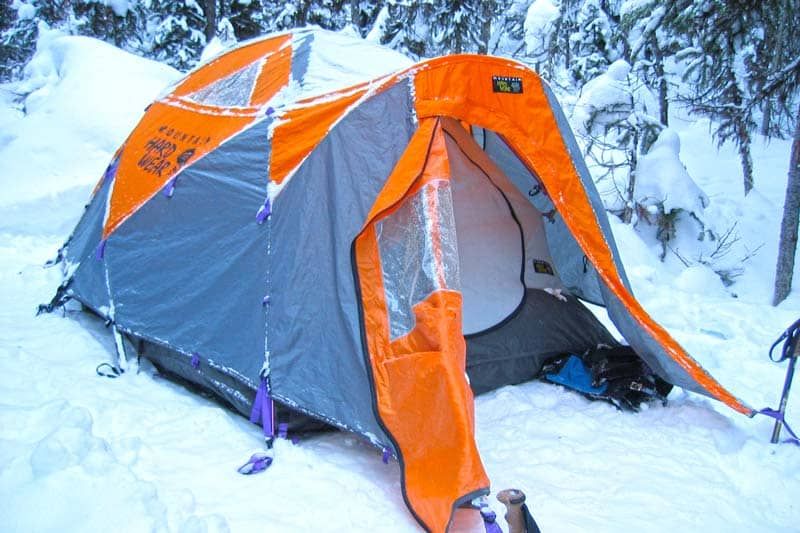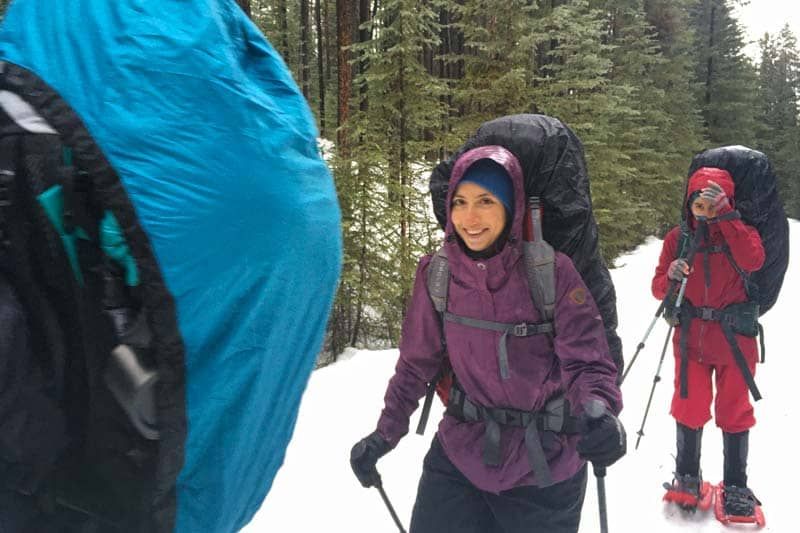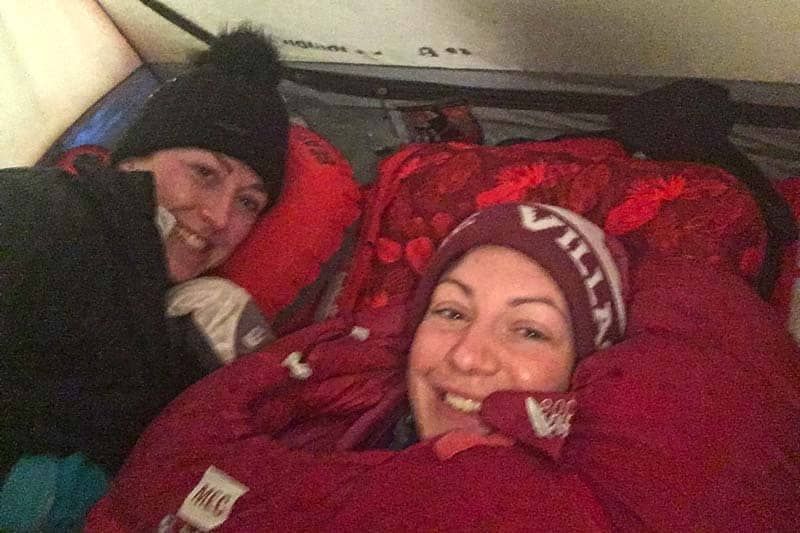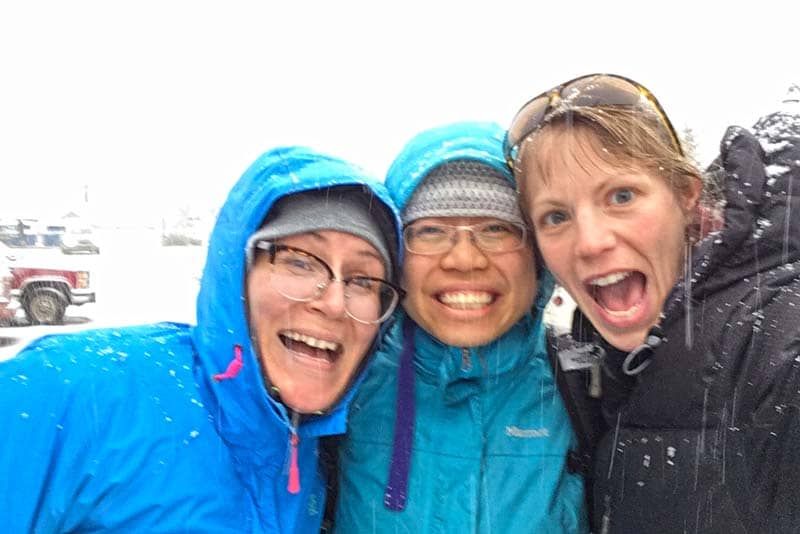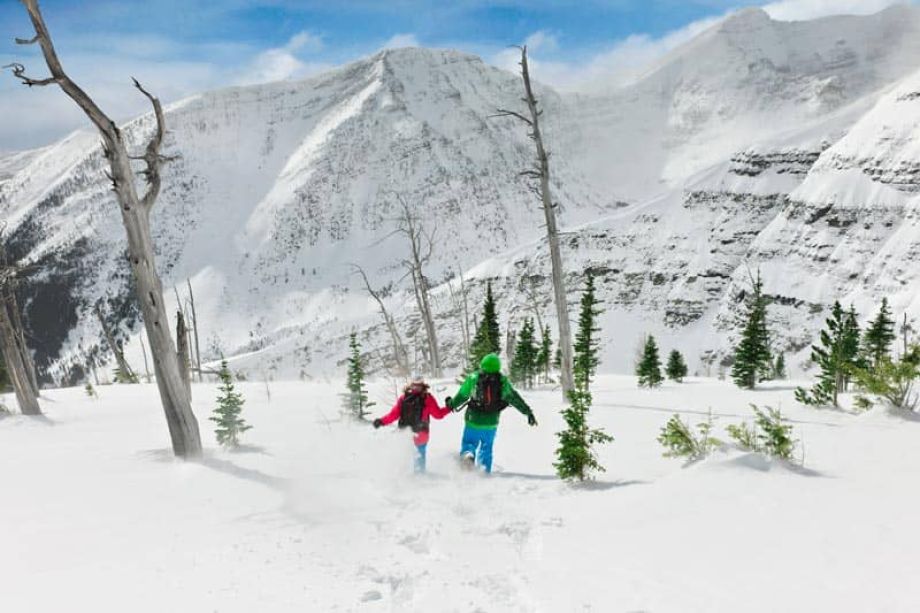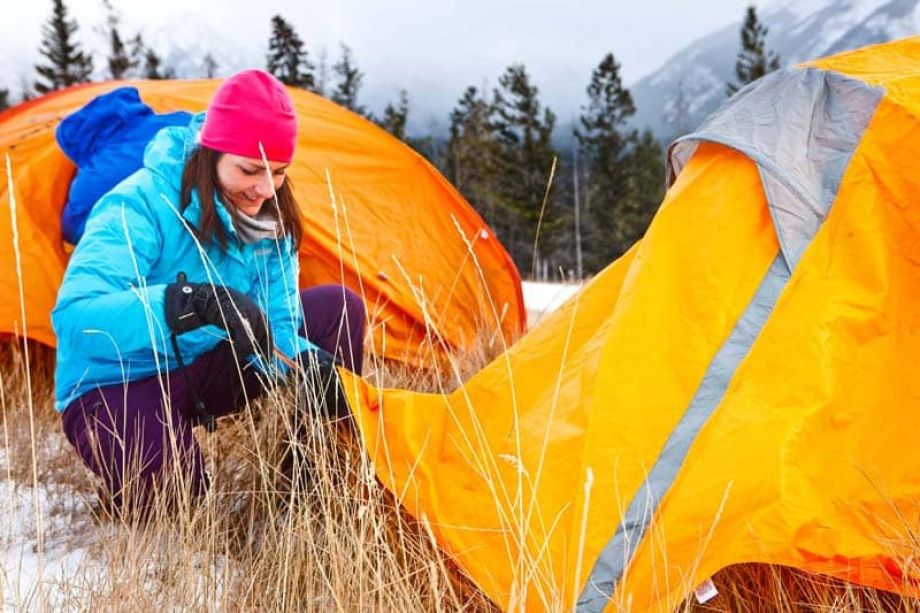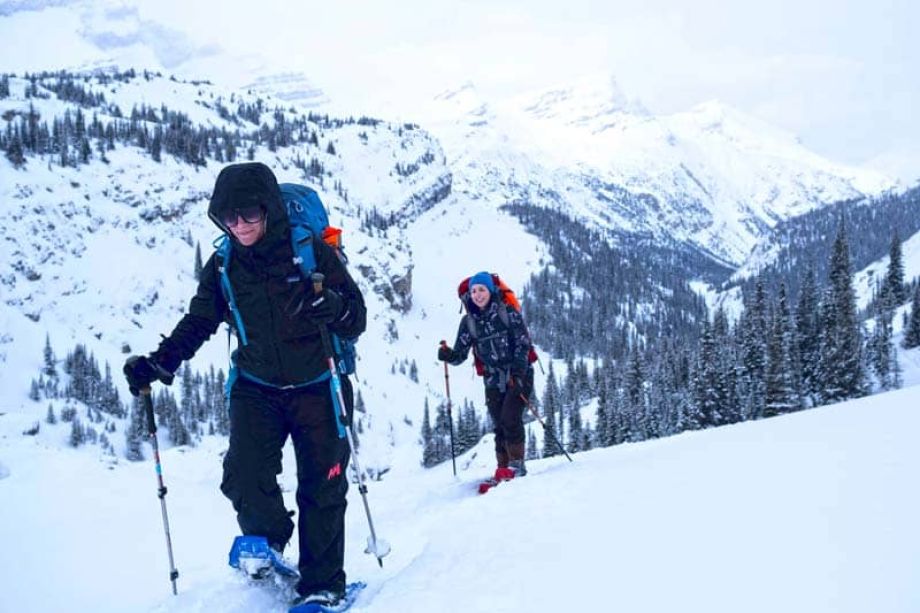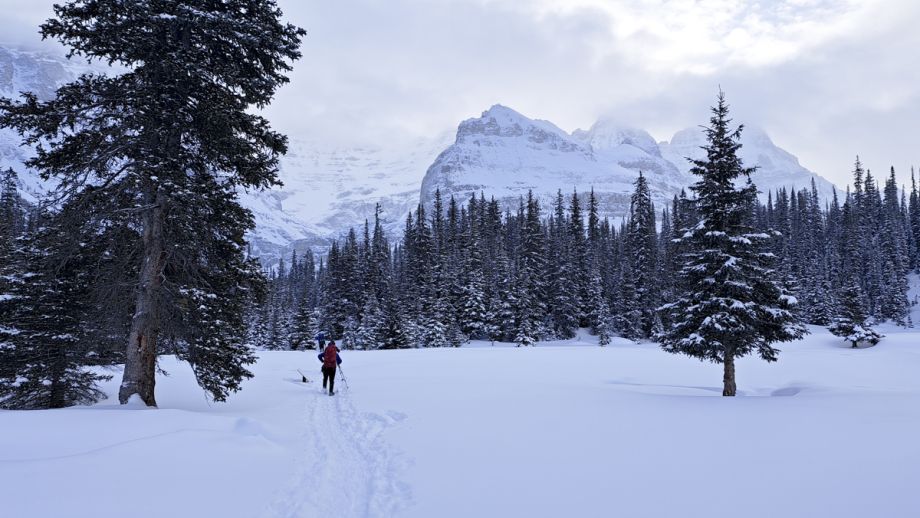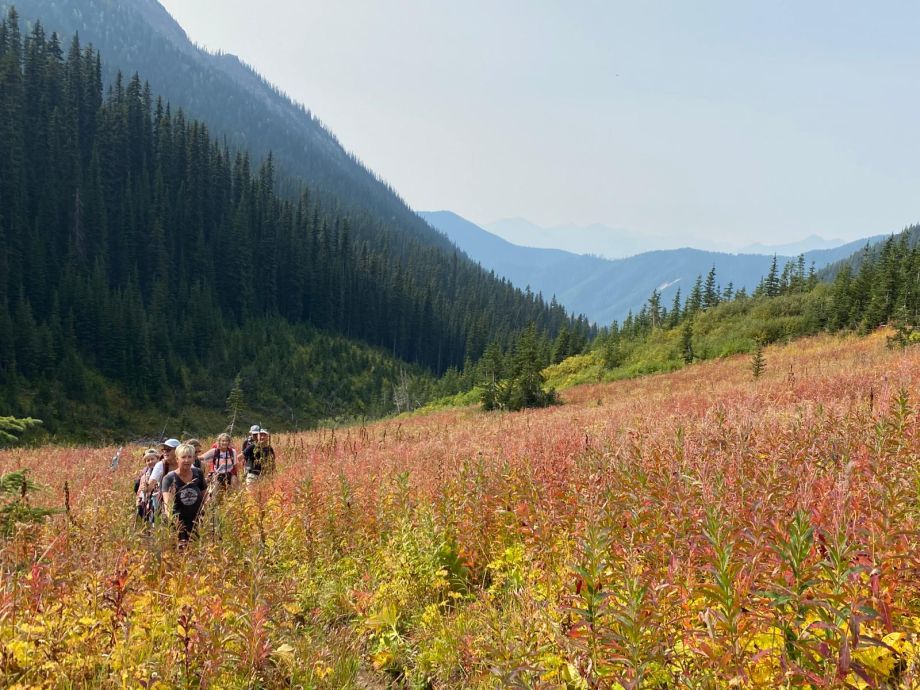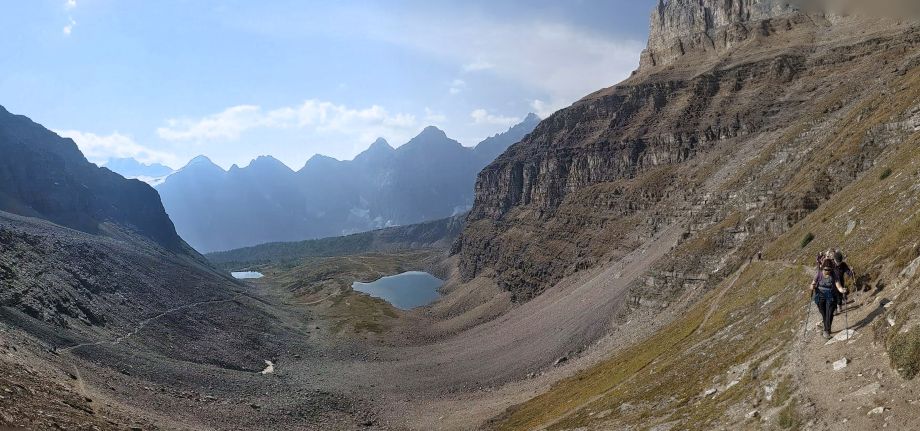How to Stay Warm in the Winter
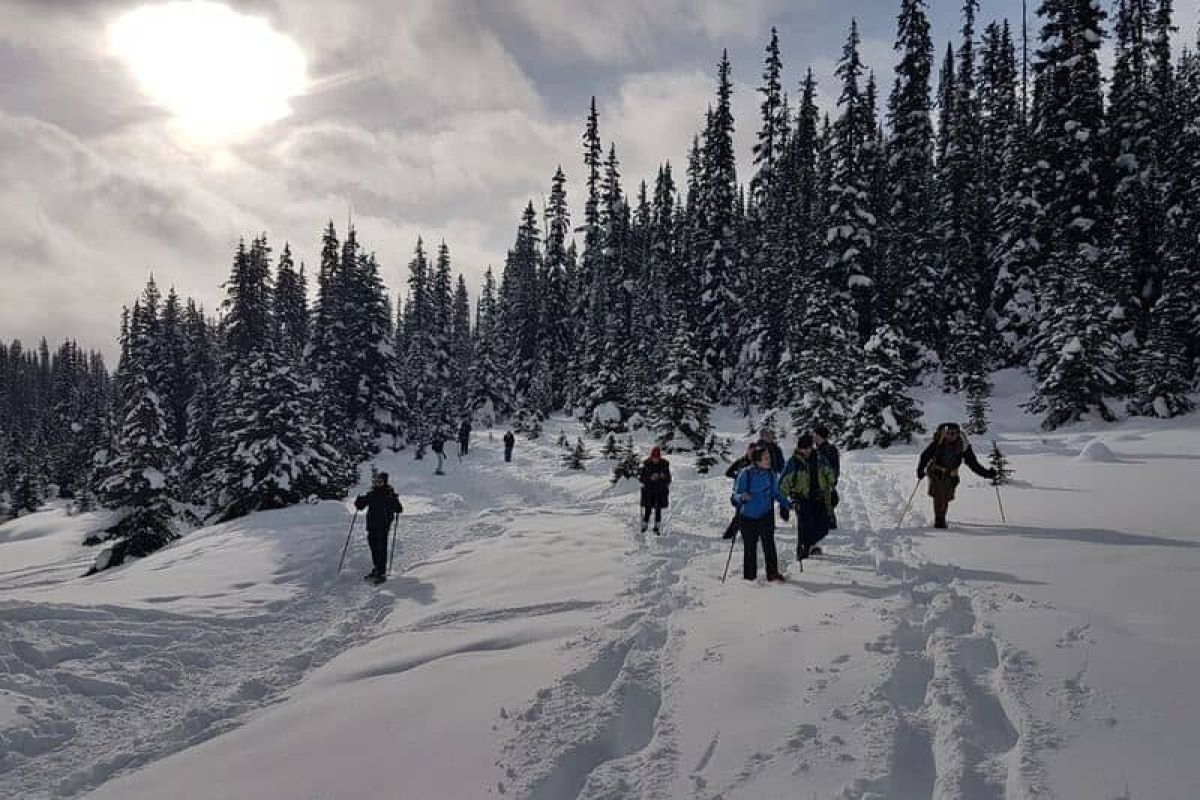
Do you love (or want to try) going on winter adventures, but at the same time dread being cold? Worrying about the cold can hold us back from amazing outdoor adventures like winter camping, spectacular alpine hut trips, or snowshoe trips on chilly days, but it doesn't have to! We can stay warm on long winter adventures, let's find out how!
Layers, Layers, Layers
Get ready to change your clothes more often than a runway model in Paris Fashion week. Being active outside in winter means changing your layers, changing your layers many times! There is no one outfit that can balance the different heat outputs and weather variations throughout the day, so we change layers to match the situation. Some people worry that stopping for a layer change wastes time or inconveniences others, but it doesn't! Layer changes are an important part of outdoor adventures, and we shouldn't skip or delay them.
There are 4 kinds of layers, each with a different job
-
Base Layer
Wicks moisture away from your body. Merino wool is an amazing material, there are some good synthetic options too. Avoid cotton entirely
-
Mid LayersProvides the insulation to keep us warm while moving. This is the layer we'll probably change most often
-
ShellWaterproof or windproof layer. These will go on/off depending on how snowy/rainy it is, or how hard the wind is blowing
-
Major InsulationBig warm coat (and sometimes insulated pants or a skirt) that we quickly put on at breaks. They should be sized to fit over top of all the rest of your layers. These can be down (lighter, but more pricy), or synthetic (heavier, but more water resistant)
"A lot of people find their bums get cold in winter. An insulated skirt is a great way to easily add or remove layers on their bottom half without needing to take off boots or snowshoes"
-
At the CarWear a big coat while putting on snowshoes and faffing about. Use thin gloves to work with gear so your bare hands aren’t exposed
-
Start of the HikeWear enough layers so you are comfortable, but just a teenie bit chilly (not cold!)
-
Early in the hikeAbout 10min into moving remove some insulation layers so you are comfortable and not sweating while moving. Complete this step once you've warmed up, but BEFORE your armpits get clamy
-
At Breaks
Put on your big coat as soon as you stop to trap the heat you’ve built up. Do this even if you feel warm at the start of the break
-
On the TrailAdd or remove layers to avoid sweating and not be too cold. Do this as often as needed.
Get a Heat Boost
Sometimes we just need a little help to keep warm.
- Hand warmers can make a big difference. Put them in your mitts or boots if fingers and toes just can't seem to get warm. Put one in an inside chest or pants pocket of a mid layer to help you keep warm generally. Heated socks can be amazing if your budget allows
Drink warm fluids, and lots of them!
- Hot tea, hot chocolate, or soup in a Thermos is sooooo good on cold days.
- Fill your water bottle with hot water at the start of the day (check the temperature rating for your bottle for the maximum safe temperature).
- Get a bottle-cozy to help keep your water from freezing. A big warm sock can work as well ( a good use for the solo sock left behind by the sock gnomes that live in the dryer
Keep Moving
Our best source of heat is our own muscles. We cool down fast when we stop moving, so plan for shorter breaks. Eat lunch over two 15min breaks rather than stopping for a half hour or longer.
Take breaks at the bottom of hills. You'll warm up much faster once you start working hard to get up the hill.
If your core is warm but your fingers are cold, swing your arms in fast windmills. This will push warm blood out to your fingertips.
Stay Dry
Moisture comes from two sources; the outside world and our own bodies. We want to avoid both as best we can. The fastest way to get cold is to get wet, so stay as dry as you can!
Outside Moisture: Snow seems determined to get on us, but don't let it! Be diligent about keeping the snow off your clothes. Keep your gloves out of the snow, wear pants or gaiters that keep the snow out of your boots, brush snow off your backpack or person whenever it gets on.
Inside Moisture: Also known as sweat. Learn what your body feels like right before you break out in a sweat, and remove layers, or unzip zippers before then. Don’t delay this change: keep your layers as dry as you can! If you are a person who sweats a lot, consider bringing a spare baselayer to change into midday. Also, try not to spill your hot chocolate on your lap.
"Winter may be cold, but you don't have to be!"
Other Posts of Interest
Related Courses
Fresh off the Press
Most Popular Stories
Tags
You Might Also Like...
Spread the Love - Share this article on your socials...
